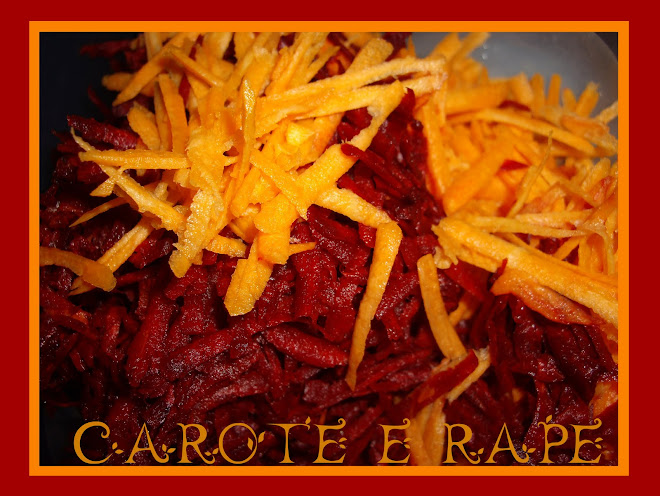
When I was a kid I was intolerant to wheat so I never got used to eating much bread at all,
even though I really missed eating everything else (specially pasta and cakes) it was probably because the bread was never good enough to be desired as much!
Its happened to all of of us once in a while to taste bread that you just cant keep your hands off, you keep on munching on small crunchy bits of crust and soft crumb with that yeasty acidic flavour. Seeds, grains and different texture of wheats can make it seem so diffrent from what we are used to eating every day. Mind you, the sandwich bread is not at all popular in Italy and around Rome the best bread you can buy comes from Lariano and its half and half wholegrain and cooked in a woodoven.
But...mine is best!

I started making home baked bread last year when my mother came back from Venice with a friend's recipe, she told me he made the most delicious bread so I tried it.
It was true!! It was the most fragrant crusty crust I have ever made!
Working in restaurants I have often made bread , but they all require the kind of precise boring white or slightly decorated bread, not the rustic slabs that I like so much!
This is the recipe, that with a bit of a heart throb I put on this blog, its easy and it makes about 5-6 loaves, that can be cut in halves and frozen for future use.
Pane fatto in casa di Alfredo
Ingredients:
1 kg durum wheat flour (the one used for making pasta)
500 g whole meal flour, spelt or rye flour, I often mix depending on what flours I have left.
80 gr mashed potato ( I've often used the dehidrated one in a bag, but the real things is best)
2/4 Tbsp olive oil
45 gr raw sea salt
12,5 gr fresh yeast
1 good Tbsp malt (sugar can also be used, it usefull for activating the yeast but not necessary)
1,5 l warm water (it is essential that the water is warm NOT hot, say around 18°c otherwise the yeast will die!)
In a big bowl (it must be big enough for everything), pour 1 litre of water in and stir the malt in it. Then add the yeast and stir it with a whip until its all dissolved.
Pour the oil in and the mashed potato.
Now we can start with the flours, first the durum flour, mixing with a wooden spoon, then the rest. If the mixture becomes a little too dry add some water. The total amount of water needed depends on many things, including the temperature and humidity of our kitchen and our oven.
And dont forget the salt, add it as soon as you're adding the flours.
We need to work on the dough as we add the flours and water, probably with our hands until it seems all incorporated.
Now we can we can roll the dough on a floured surface and knead it properly, or just let it rest in the bowl (as long as its smooth and not lumpy), it must be covered with a damp cloth or a plastic bag and left to rise in a warm place. The gluten in the flours will blend properly and it will do the job for us!
The amount of time for the dough to rise depends on us, from a minimum of 2 to 3 hours, to 9 or 10 hours, anyhow the dough needs to double in size. Sometimes I make my dough in the evening and leave it overnight, so that it is ready for cooking the morning after, just in time for breakfast.
Turn the oven on at 160°c, with heat from top and bottom. I often put a pyrex bowl of boiling water in the lower part of the oven to keep the humidity high.
Now we need a cooking tray, quite a big one to fit the bread loves, and flour it with a good millimiter of flour.
With wet hands we need to cut 5-6 pieces of dough and arrange them on the tray, its important to place them well as they musn't be handled too much. If they seem too close its not a problem, when the bread is cooked they can be easily divided.
Now sprinkle the loaves with more flour and bake for about an 1:30 hours
As all ovens are different I suggest you keep an eye on the loaves as they cook, I ususally cook the bread at 140°c because my oven tends to burn the bottom of everything!
When it looks done turn off the oven but leave the bread in for another 10-20 minutes.
Now take it out, divide the loaves and, if possible, wait another half hour before cutting it.
By now the aroma will have filled your house and the salivation will be unbearable!!
Enjoy it with butter and vegemite, cheese or marmalade, and remember that when you start making bread you will never stop!!







